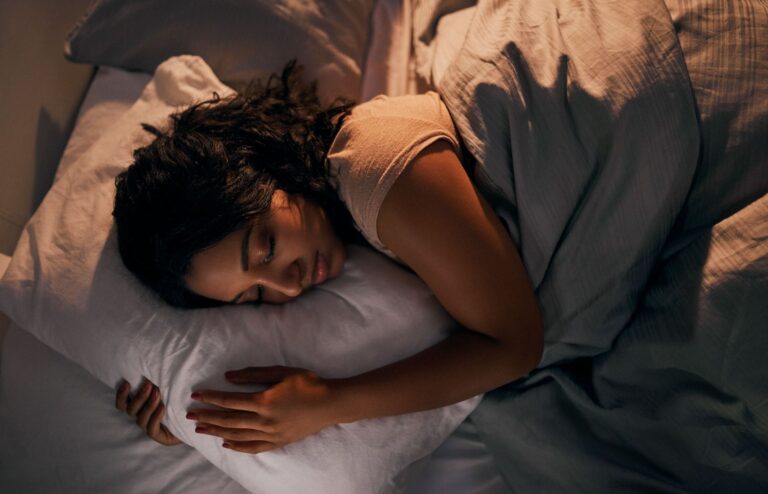How to make (beautiful) dreadlocks?
Dreadlocks are a highly original hairstyle for women and men, evoking an association with Bob Marley, Jamaica and freedom. Dreadlocks are a hairstyle that gives us an original look. Dreadlocks are felted or synthetic hair attached to your natural hair. They form characteristic thick locks that can be worn loosely or gathered into a ponytail.
Because dreadlocks have been around a lot over the years, and although they were a big hit in Jamaica in the 1950s, their origins go back many years. Dreadlocks have been around for over 2000 years and are still popular. They have been worn by celebrities such as the Marley family, Lenny Kravitz, Jason Momoa and Whoopie Goldberg. Although they’re most often created on long hair at least past the shoulders, some people create short dreadlocks, around 8 cm, and remain captivating.
Dreadlocks are created by combing and twisting clean, dry strands of hair with the hands. They don’t look pretty right away; it takes some time for them to coalesce and become uniform.
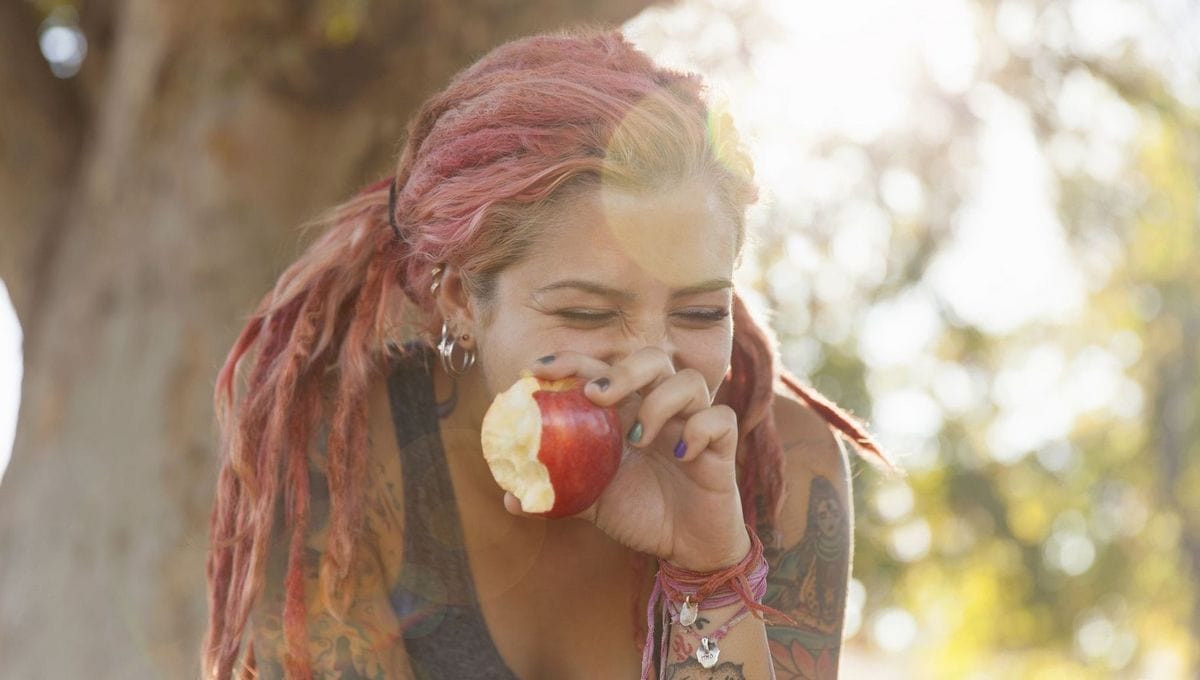
When shouldn’t you do dreadlocks?
Dreadlocks aren’t for everyone. Damaged and broken hair is not suitable for dreadlocks, as it would also be damaged and the dreadlocks would not look good. Smokers should remember that felted hair absorbs odors more easily. An interesting option is synthetic dreadlocks, available in different colors, which can be removed and reused. With them, you can have a whole new hairstyle without sacrificing your natural hair. Dreadlocks decorated with pearls or oriental jewelry are also very interesting.
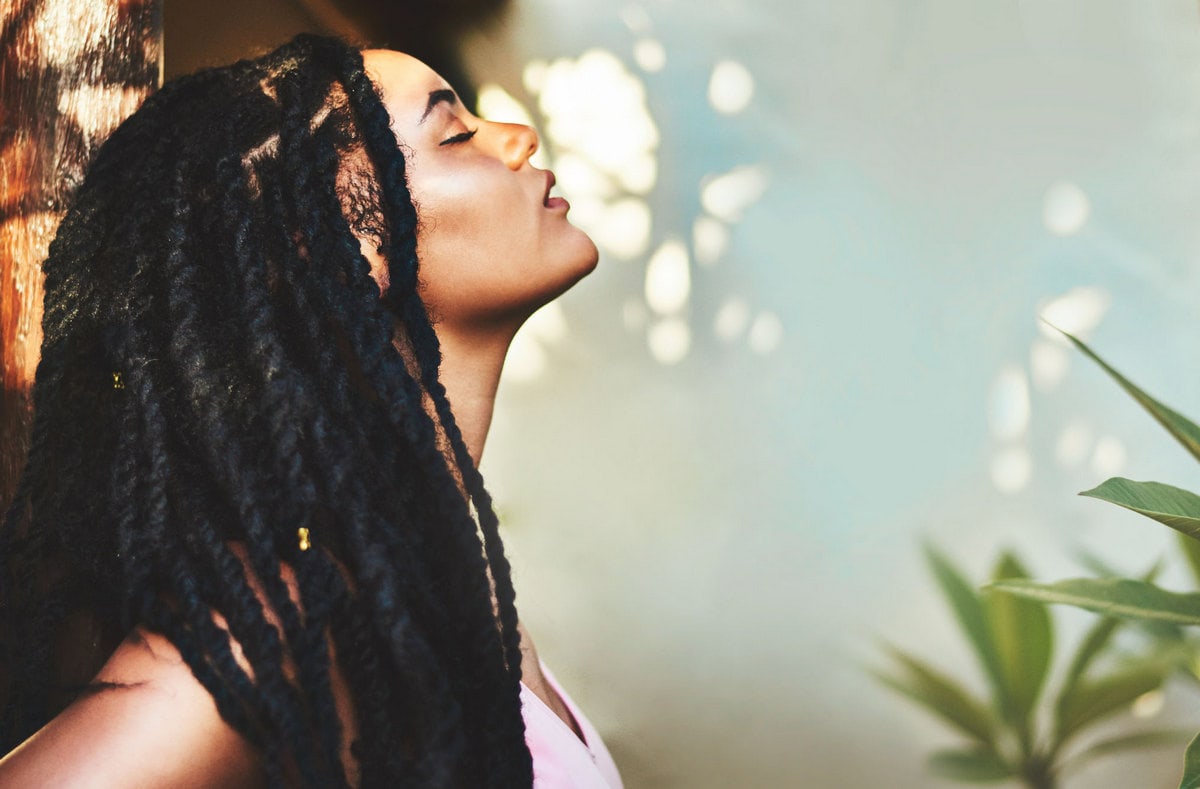
What are dreadlocks?
Dreadlocks are an original hairstyle characterized by strands of hair that can be easily counted according to style and thickness; there can be from 25 to 100 dreadlocks on your head. Dreadlocks were once worn mainly by people identifying with the Rastafari movement. Thanks to Bob Marley deadlocks became a symbol of reggae music, and reggae fans gladly replaced their hair with thick braids. This type of hairstyle is preferred by people close to the Rastafari philosophy and other subcultures. Today, you can do it yourself at home, or leave it to a professional in a hair salon.
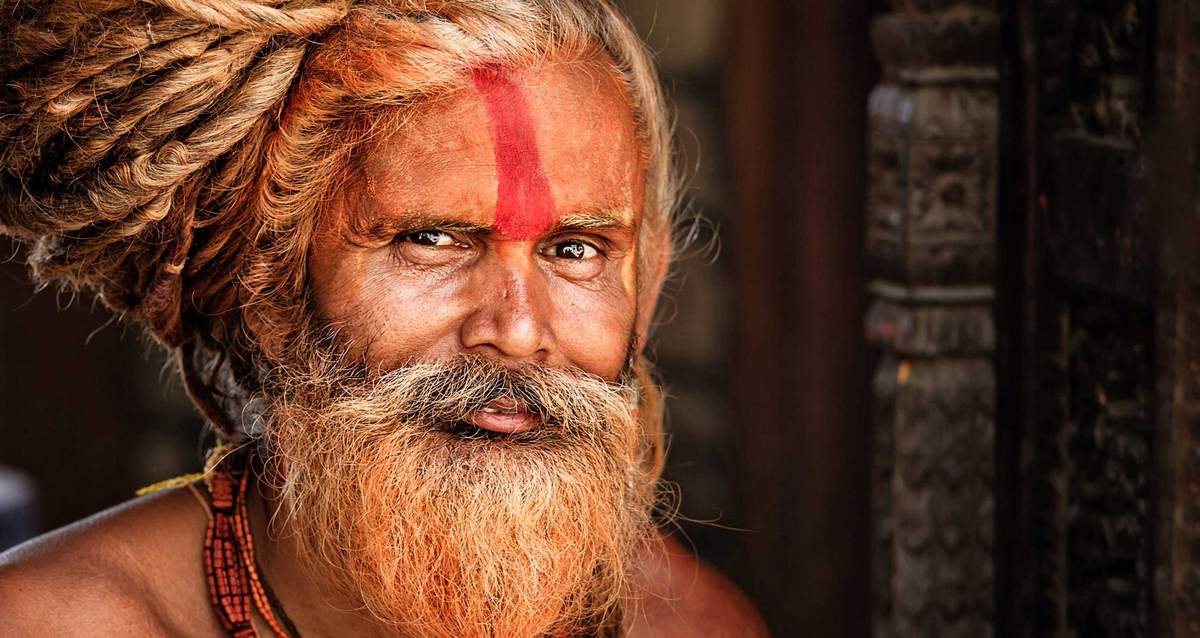
How to make dreadlocks at home?
Before you take up this challenge and start twisting and tousling your hair, you should think twice about whether this hairstyle is really for you. Depending on the thickness and general condition of your hair, dreadlocks can take up to a third of the length of your uncut hair. Length is also influenced by the way dreadlocks are finished – those with rounded ends will be shorter than those with pointed ends. Those with naturally fine, weak hair may find their roots severely weakened by such an experiment, and the effect may not be entirely satisfactory.
There’s another very important point to consider, you can’t give up on dreadlocks. This is not a perm, whose effect disappears after a few months, but a much more serious interference with hair structure.
While there are ways of detangling dreadlocks, most people who want to change their hairstyle are forced to cut their hair. So the decision for or against dreadlocks needs to be carefully considered.
Also read: African braids are increasingly popular
Before you start work, get yourself a metal-toothed comb, a hook, rubber bands and beeswax. It’s good if you can ask someone for help, making dreadlocks is a time-consuming process and a helping hand will certainly come in handy. If you want to create this original hairstyle yourself, you’ll need a lot of patience.
The best hair for dreadlocks is slightly damaged, porous and a little rough. Don’t use masks or conditioners before styling, as it’s harder to achieve the desired effect on straight, smooth hair.
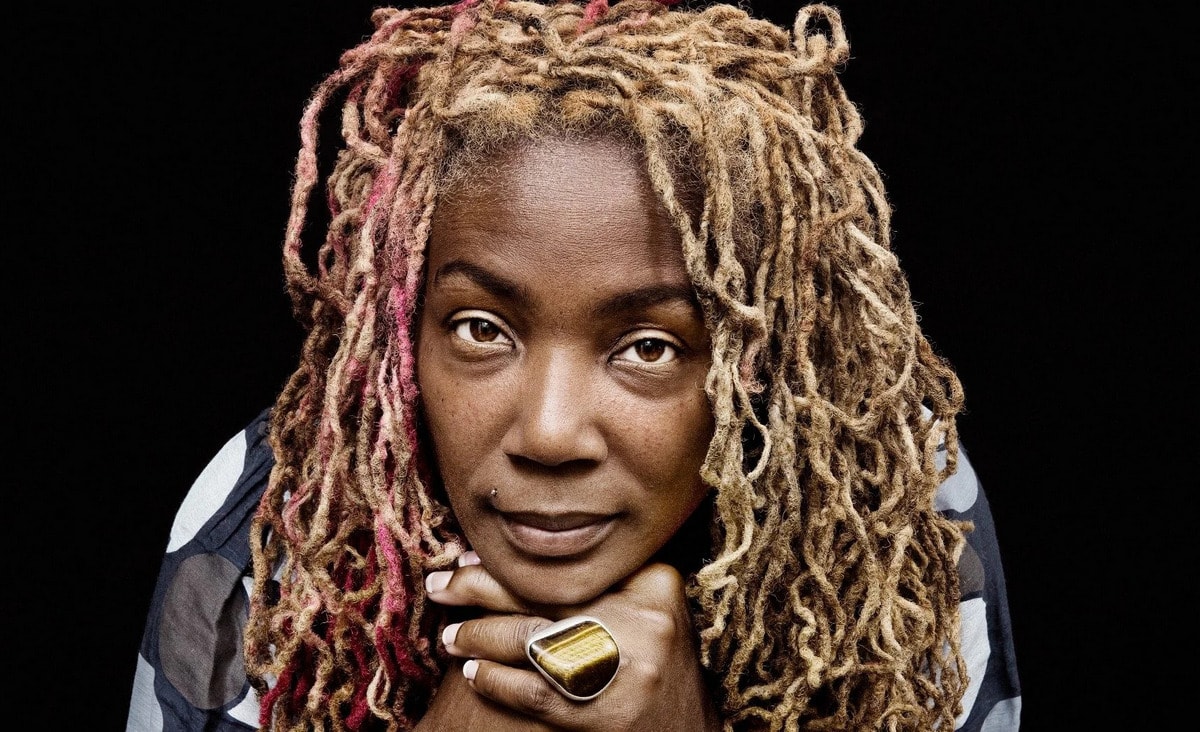
How to make dreadlocks can be described in several points
Thoroughly wash your hair with shampoo or vinegar water 1l of water and a tablespoon of vinegar with this mixture, rinse your hair to get rid of impurities and lightly dry your hair.
Shampoos for oily hair or shampoos based on herbal blends work best. This type of cosmetics cleanses your scalp thoroughly and after washing, your hair is dull and a little rough – that’s the whole point. The hair scales won’t be closed, so the work will be easier and the dreadlocks will keep their correct shape.
Start creating dreadlocks on dry hair. Divide your head into squares from which you take strands of your choice – they can be 3cm or 5cm, the quantity of dreadlocks you get depends on their thickness. The best look is obtained with several dreadlocks; a dozen dreadlocks are not only difficult to style, but also unattractive.
Comb the strands one by one with a toothed metal comb, preferably close together. Twist the strand, starting at the roots and working your way down. Comb the twisted strand lightly to keep the braid intact and soft, then twist it again.
Take a hook in your hand and pull the protruding hair into the dreadlock. The hook is inserted across the dreadlock and the hook is removed from the opposite side of the dreadlock. This tangles the hair into a bunch of strands and fixes the shape of the dreadlock. The “pricks” should be made at small distances, no more than 2-3mm.
Once you’ve shaped your dreadlocks, it’s a good idea to protect and stiffen them with beeswax or a styling product. At the end of the dreads. Apply an elastic band to protect the structure from falling out. After a while, as the dreads gain in strength and become well bonded, the stiff elastic can be removed.
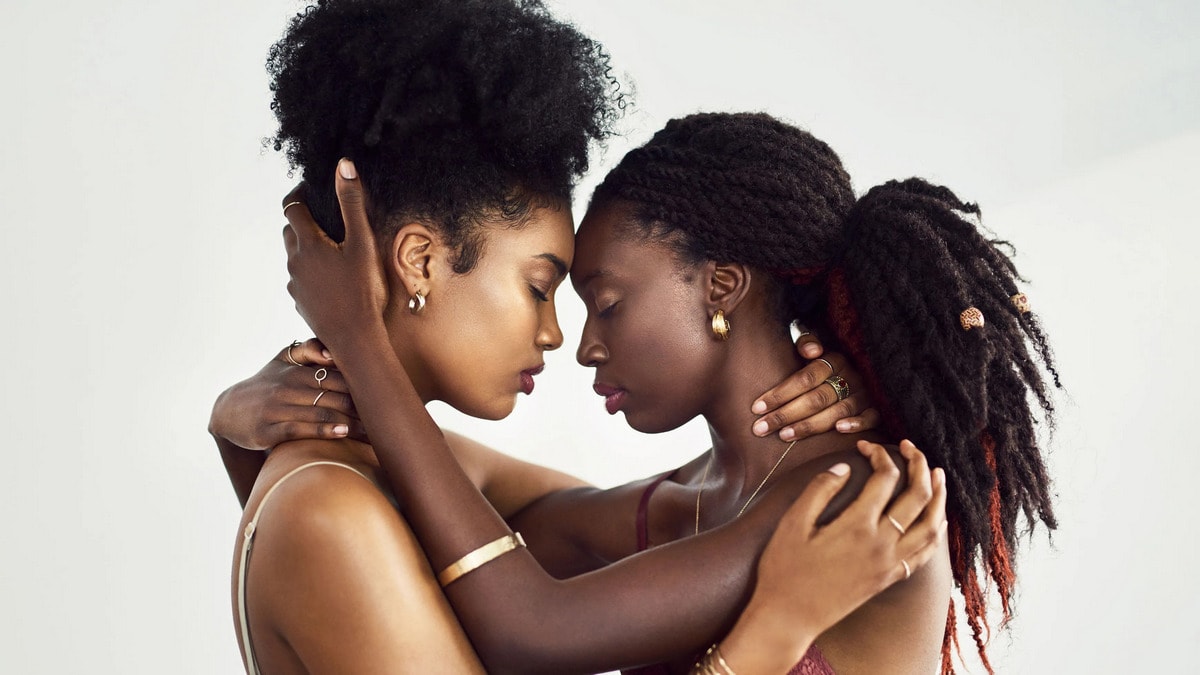
Repeat the same actions on the other strands
Another homemade method is to make fairly thin braids on your head and rub them with both hands from root to tip. Doing this repeatedly will curl your hair and create the desired dreadlocks. You’ll need to wait about a month for the effects to take effect. Real, well-tied dreadlocks will be visible after about six months. That’s why it’s so important to look after them and do them properly. Dreadlocked hair grows normally, so it’s necessary to tighten the dreadlocks at least once every 2-3 months.
This process can be a little painful, as it takes place close to the roots, but it’s necessary to get a nice, neat hairstyle. With dreadlocks, you can combine them according to your preferences; you don’t have to do them with all your hair right away. It’s common to wear a single dreadlock or dreadlocks only on the back of the head.
If you want to try this style, but don’t want to sacrifice your hair and are worried about the end result, try synthetic dreadlocks first, they’re easy to remove once you get bored of them or don’t like the look.
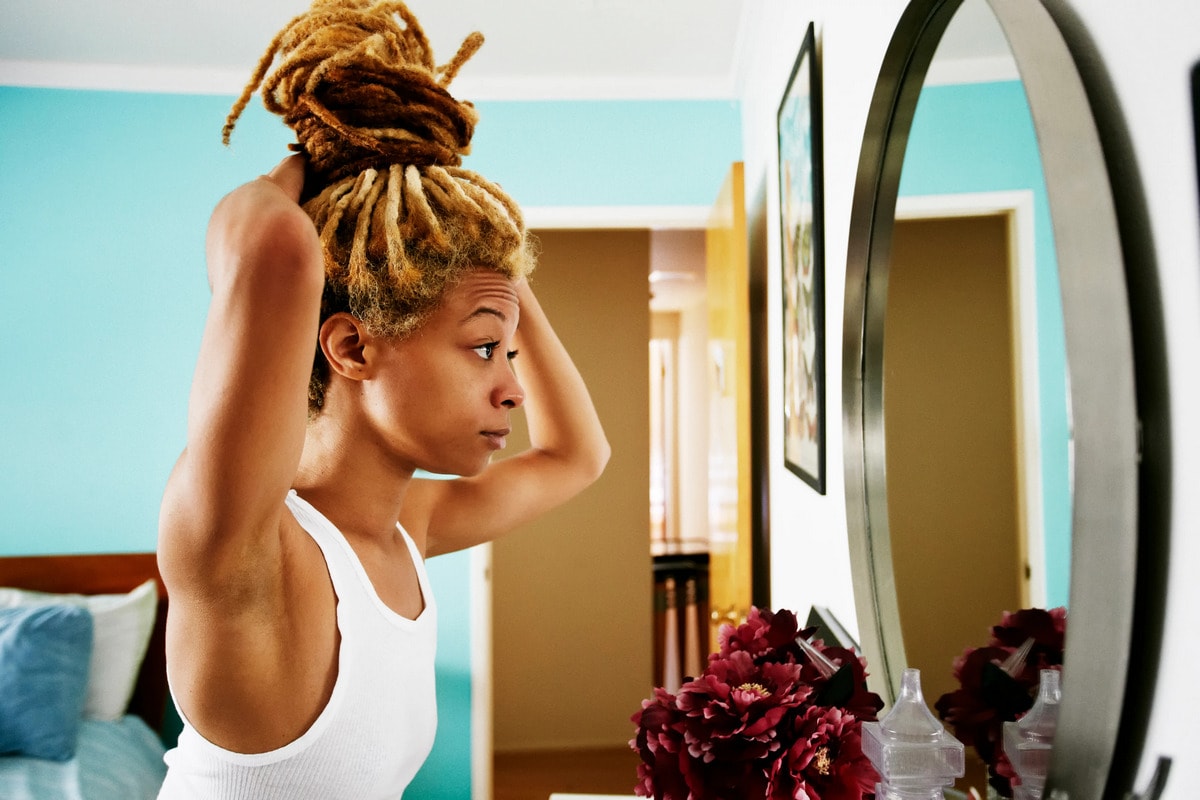
Length of dreadlocks in relation to hair length
Dreadlocks can be created on hair as short as 6-10 cm. If your hair is that short, it’s best to use the wool/manche dreadlock technique on sufficiently clean and dry hair, apply a cloth and rub it over your head several times. When knots start to form, group them into small strands and rub the cloth again.
Over time, frizz will begin to resemble dreadlocks. If you have short hair, dreads can look a bit messy, but if you wear a headband, you can tame them and give your hairstyle some individuality.
If you have long hair, your hairstyle will be shorter than before. A number of factors contribute to the shortening effect of dreadlocks. The roots are much thicker than the ends, the ends are often split, and breakage varies the length of the hair. Less volume means that dreadlocks have to be shorter, as more lengths are needed to create a dreadlock of roughly the same thickness.
Also read: how do I make a French braid step by step?
If your hair is about 20 cm long, you’ll end up with about 10-15 cm of dreadlocks, which means you’ll lose about 5-10 cm of length. The longer the strands, the bigger the difference. You can get dreadlocks that even end near the shoulder blades.
The thickness and quantity of dreadlocks also influence their final length – thicker dreadlocks require more hair to create their cross-sectional structure, which considerably shortens your hairstyle. Thin dreadlocks not only look more effective and neat, but also lose less length.

Salon dreadlocks: How much do they cost?
If you want a long-lasting effect and don’t want to tangle your hair yourself to make dreadlocks, it’s best to call in the professional services of a hair salon. It’s best to find a salon that specializes in this type of hairstyle, and to allow plenty of time – dreadlocks can take anywhere from a few hours to 10-12 hours to complete.
Prices depend on the length of your hair:
- Shoulder-length hair from $140
- Hair to mid-back from $190
- Hair up to the waist from $220 to $600
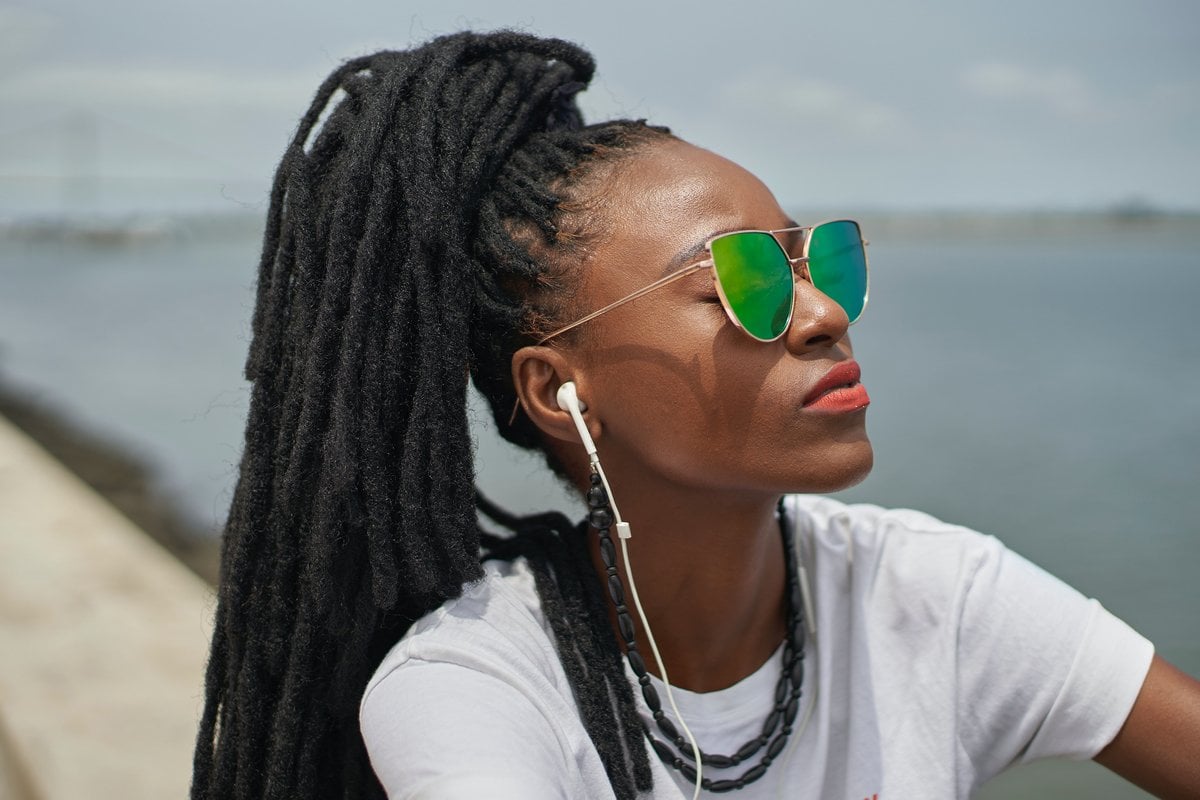
Dreadlocks care: How to take care of them?
It goes without saying that dreadlocks need proper care, as this is hair that collects dust and dirt. However, taking care of dreadlocks is different from before. After making dreadlocks, you should wait about a week before wetting them if you have a great need to wash your head, you can gently wet just your scalp, trying not to wet your dreadlocks, their twists need to take together and too early contact with water can damage their structure.
After the first wash, you must decide for yourself how often you want and need to wash your dreadlocks – we recommend no more than twice a week. Unlike normal hair, dreadlocks aren’t greasy and don’t need to be washed every day or two. On the other hand, dreads catch and accumulate odors very quickly, so it’s worth taking care of them regularly.

What should I use?
Herbal rinses are ideal cleansing agents, refreshing and leaving a pleasant fragrance. Hair tends to feel rough and unmanageable after an herbal shampoo. Herbal shampoos are therefore ideal for dreadlocks that need products to fix their structure. In addition, turnip or nettle extracts will strengthen the hair shaft and roots, which will have a positive effect on the overall health of your hair.
When felting and “maturing” your dreadlocks, gray soap will also do the trick. It dries and slightly mattifies the hair, fixing the twist. Particular attention should be paid to thorough cleansing of the scalp in normal conditions, combing the hair with a brush, performing a minimal massage, removing dead skin and impurities.
In the case of dreadlocks, only gentle finger movements are needed to cleanse the scalp and stimulate circulation.
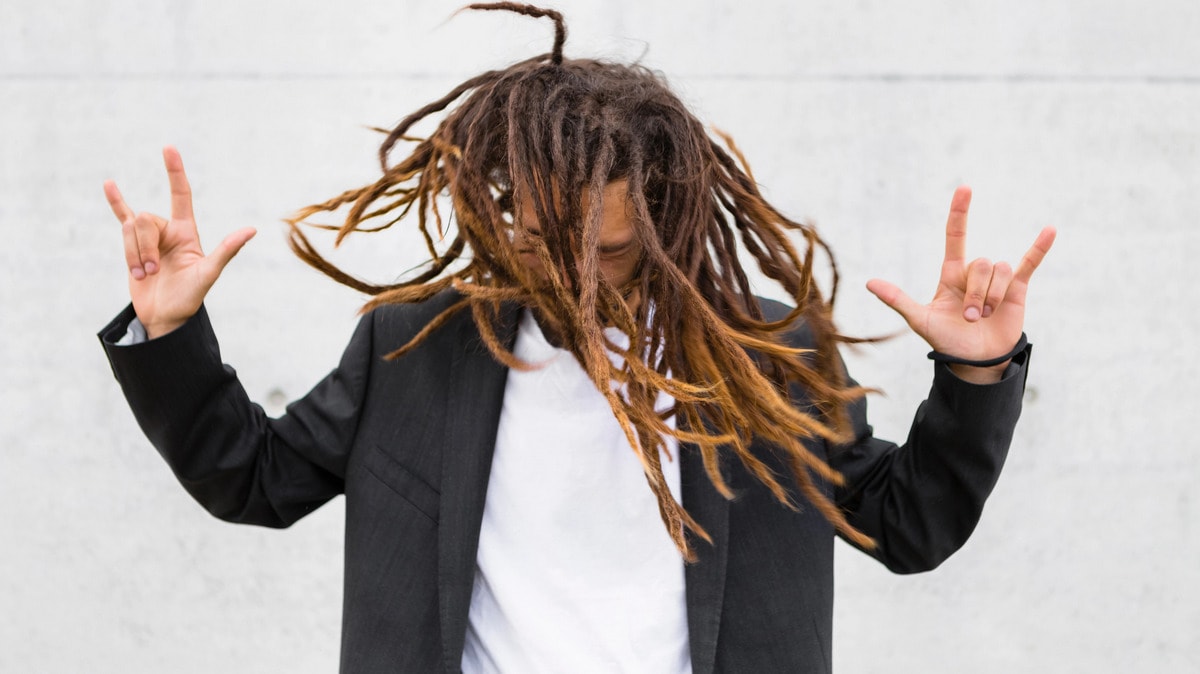
The best conditioner after coloring
It’s quite common for people with dreadlocks to suffer from dandruff, so make sure you get a shampoo to combat the problem and keep an eye on your diet, which should include zinc, healthy fats, vitamins A and E and B vitamins. Sweets and simple sugars should be limited.
After shampooing, squeeze the excess water out of each dreadlock and let the dreadlocks dry. Never go to bed with wet or damp dreadlocks, as you may cause the twists to loosen while you sleep and rub your head against the pillow. This is particularly important at the beginning, when the dreadlocks are still soft and not very firm.
Blow-drying can also cause hair to fall out, so it’s best to let dreadlocks dry naturally and roll them between your hands to set them. After washing, some strands may still come out. You need to pull them out with a hook.
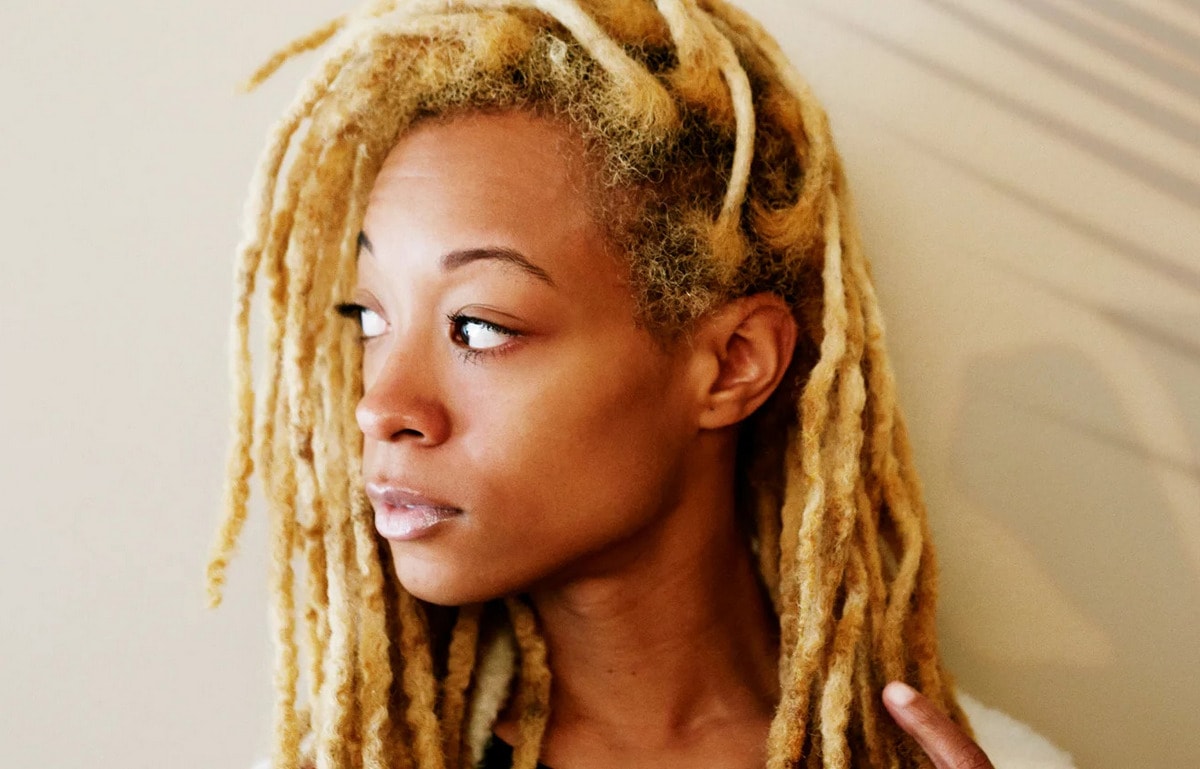
Synthetic dreadlocks and wool dreadlocks
If we dream of long dreadlocks, we don’t have to wait for our hair to reach the right length, we can get synthetic dreads. Synthetic dreadlocks are the right word, because the cost of adding artificial dreadlocks is much higher than that of making dreadlocks from natural hair. Prices start at around $250 and can go as high as $700.
Synthetic dreadlocks are made from 100% kanekalon and are significantly different from natural dreadlocks, being rougher and less pleasant to the touch. Worn close to the roots, they can irritate the scalp. They are not compatible with dyes and come in many different colors.
The advantage is that they don’t need to be touched up and can be easily removed. Synthetic dreadlocks are woven into natural hair and can be untangled in a few dozen minutes. As with natural hair dreadlocks, you should visit your hairdresser once every 3 months to braid the dreadlocks and remove unsightly regrowth.
Wool dreadlocks are an interesting option. Made from worsted wool, they’re very light and won’t irritate the scalp. They can be dyed, but you need to get the right dye. Wool dreadlocks are long-lasting, requiring no repairs or special care. Their feel and structure are closer to natural hair, and they’re easier to style than synthetic dreadlocks.
Also read: why sleep on a silk pillowcase?
The advantage of synthetic and wool dreadlocks is that they can be removed without the need for a haircut. To improve detangling, it’s a good idea to apply conditioner instead of weave. While dreadlocks won’t damage your natural hair, wearing them for long periods can put a strain on your roots. Don’t be surprised if your hair falls out after removing the dreadlocks – it’s a normal process that takes place over time. Artificial dreadlocks are shampooable and reusable.

Hairstyles with dreadlocks: Decorations
Dreadlocks themselves are very striking and eye-catching. Before you even get your dreadlocks done, it’s a good idea to think about the parting, whether you want to divide your hair into standard squares or want a checkerboard or zigzag pattern. If you prefer thin dreadlocks, you can braid them, tie them in a ponytail or accessorize them with a wide fabric headband. This will help your hair grow out before you go to the hairdresser for touch-ups.
However, dreadlocks are quite heavy and shouldn’t be tied too often, as this weakens the hair roots. To make a ponytail, you need to choose a scrunchie never with an elastic. A very interesting idea to spice up your hairstyle is to decorate your dreadlocks with pearls. They come in different diameters and should be chosen according to the thickness of your dreadlocks. You can get jewelry in a variety of colors and designs.
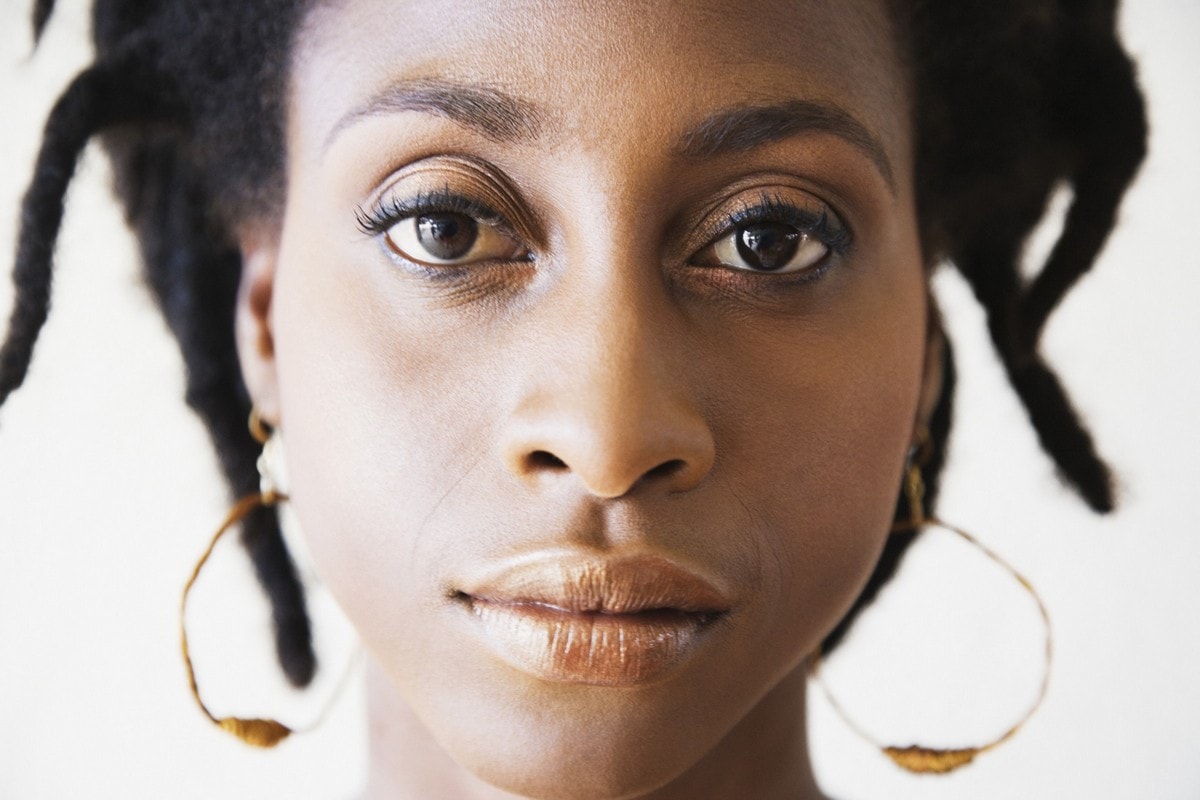
How long does it take to make dreadlocks?
Generally speaking, it’s a long process. But the truth is, you can’t set a specific time. Why? Well, because it always depends on your hair type and length. But we always have an estimate and if your hair is over 20 centimetres long, calculate about 3 hours of work. Because sometimes hair is easier to style and you can speed up the process a little. But generally speaking, it’s better if you have the time to do it.

Which needle number is used for dreadlocks?
You’ll be trading in your hands for needles, and the truth is, you’ll love the result. If you want to give it a try, remember that 0.60 mm or 0.75 mm are two excellent options, as the former will make them thinner and the latter a little thicker. It’s worth noting that needles not only help us to make them, but also to fix some stubborn and obstinate hair. Something you’ll need to do several times a week.
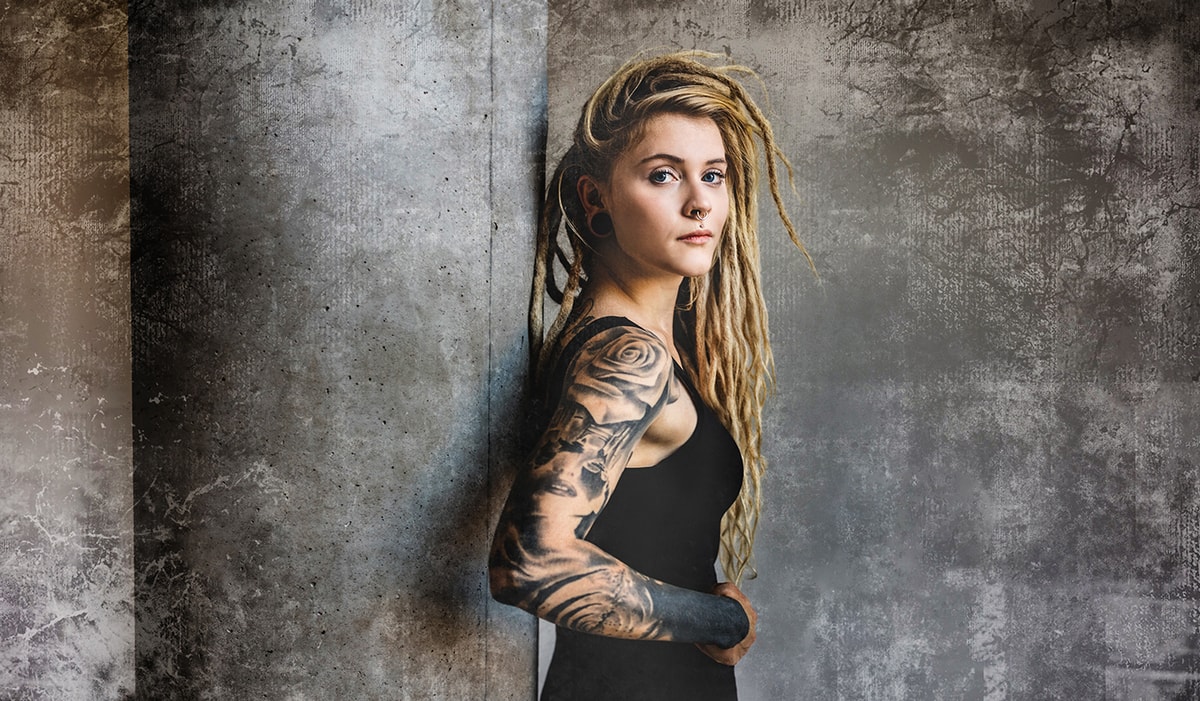
How to make dreadlocks on short hair?
If you thought you could only do dreadlocks on long hair, you were wrong. If it’s longer than 8 or 9 centimetres, you can already create a hairstyle. As before, you need to wash your hair, dry it and divide it into sections.
If you can, adjust them with a headband or hairpin. You can start by combing the hair section by section, applying wax, then using the same comb to flip the hair. The idea is simply to keep the hair between the ends while you twist it. When you remove it, you’ll see that the hair is already in the shape of dreadlocks. To do this, use what’s known as a a mouse-tail combbut you can always do it with your hands.

How often can I wash my hair?
A common misconception is that once you’ve created dreadlocks, you don’t need to wash or maintain them. Nothing could be further from the truth! Dreadlocks require a lot of attention and need to be cleaned carefully, especially in the first few weeks. Use a shampoo for split ends or curly hair to ensure that your dreadlocks stay in good condition and don’t become greasy. Make sure you wash your hair at least once a week, and don’t forget to sleep on a silk pillow so your dreadlocks don’t fall out at night.
If your dreadlocks no longer look good and are starting to slowly unravel, put a small amount of special wax on your hands and roll it over your hair. You can do this several times a week, or only when you notice that your hair is dry. Then use a hair dryer to let the wax harden and “settle” on your head. Over time, you can reduce the number of treatments. It’s also a good idea to visit a hair salon from time to time to make sure your dreadlocks are in perfect condition.
It’s true that experts recommend waiting as long as possible without washing, after having them done. This means that about a month would be the ideal period. So, when your dreadlocks are hard, you can wash them once or twice a week. Apply shampoo, but don’t rub too hard – it’s best to lather with your hands and then apply to the hair. Squeeze each dreadlock a little so that no product remains inside, and don’t touch your scalp too much.

How to remove dreadlocks without cutting your hair?
It’s true that sometimes we get tired of them, or want to see ourselves in a new hairstyle. That’s when one of the most frequently asked questions arises: can I remove my dreadlocks without cutting my hair? You can do it, even if it’s a bit complicated, but you don’t always have to take scissors.
You need to soak the dreads in hot water for at least 10 minutes. After this time, you can shampoo or lather each dreadlock. Then remove again with hot water.
Time to apply conditioner. One of the enemy products of our hairstyle, because of its softness. Well, now we need it to make our hair silkier and get rid of tangles.
Also read: Does sleeping with wet hair damage it?
You need to have a little patience. If you find that the first time you apply conditioner, it doesn’t seem to work, then you need to persist. You need to repeat the process until your hair softens.
Now you need to undo them with your hands, if possible. Use a comb to complete the process. Don’t pull too hard on the hair, as this can damage it. If you can’t manage it, use an old conditioner or mix it with a little water and spray it on each dreadlock.
“One of my biggest dreams is that my company will be able to change the course of one family’s life, one child at a time by giving back to the community.”



